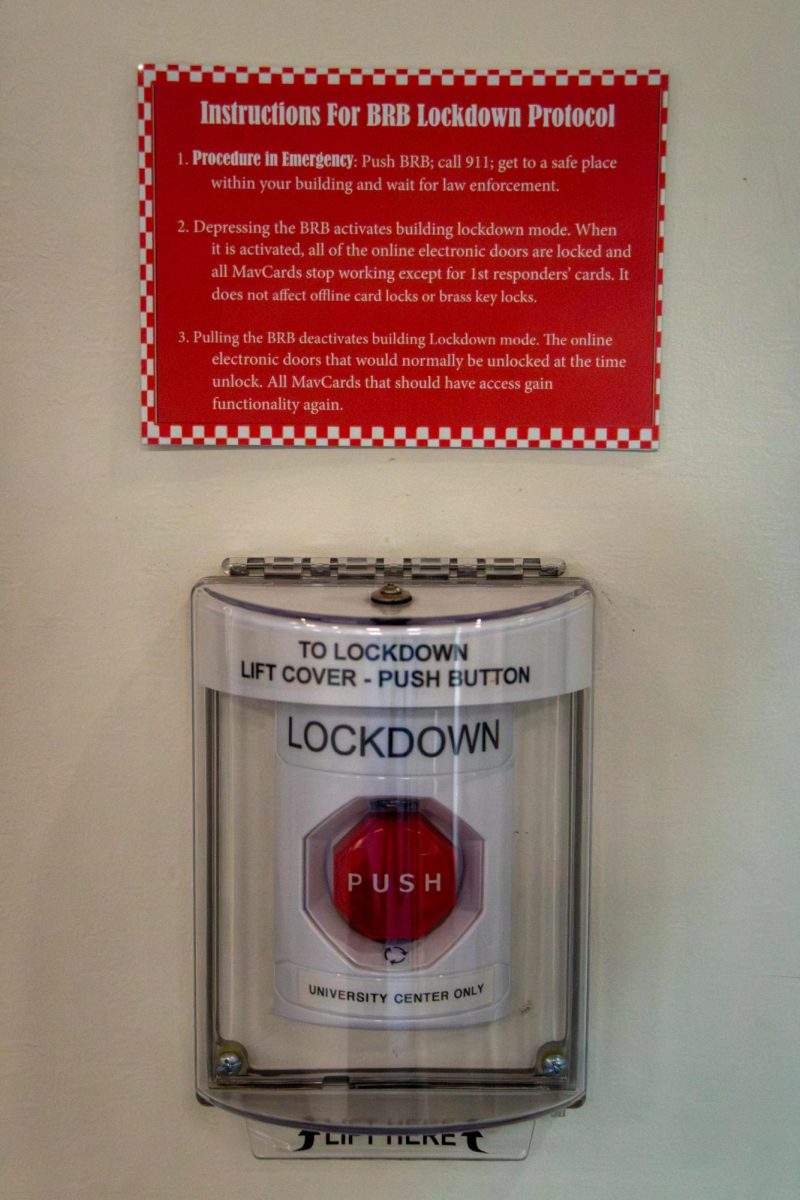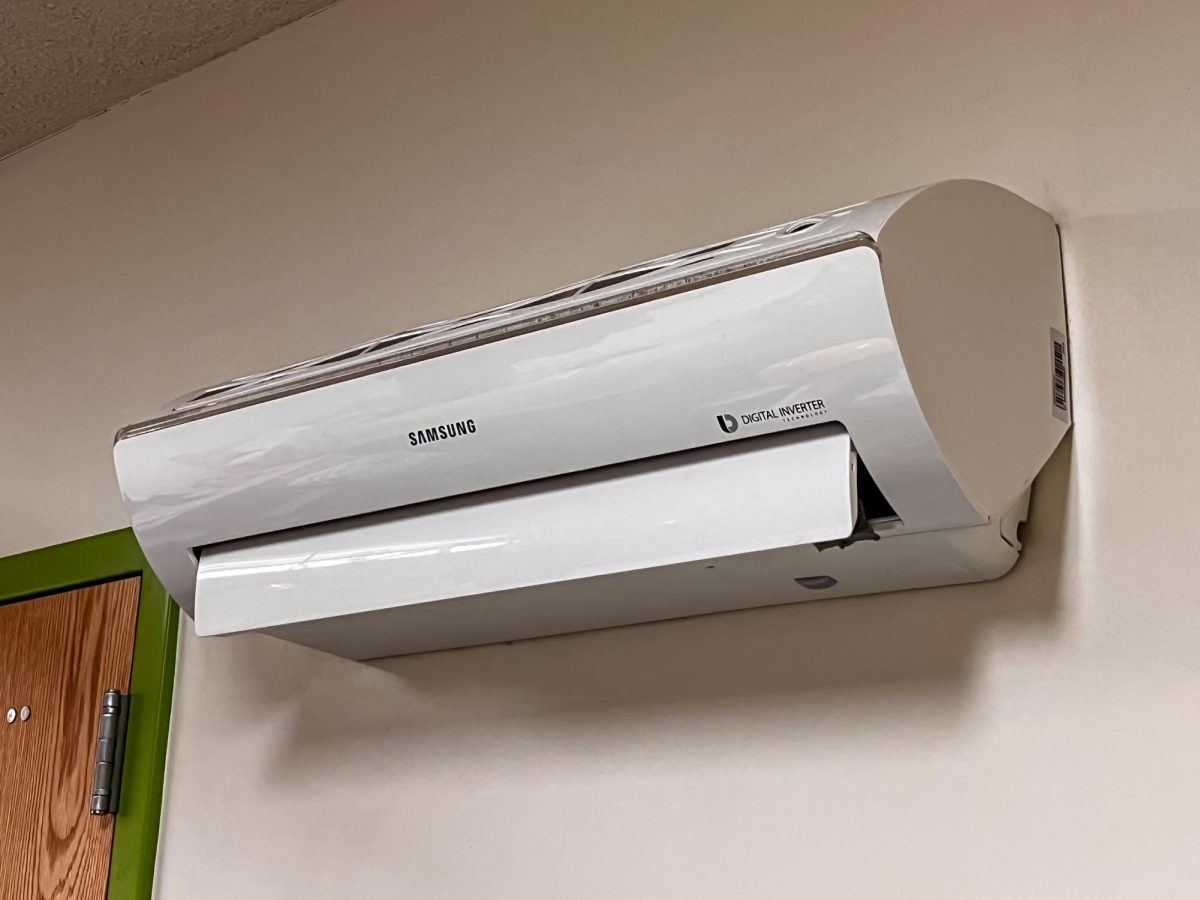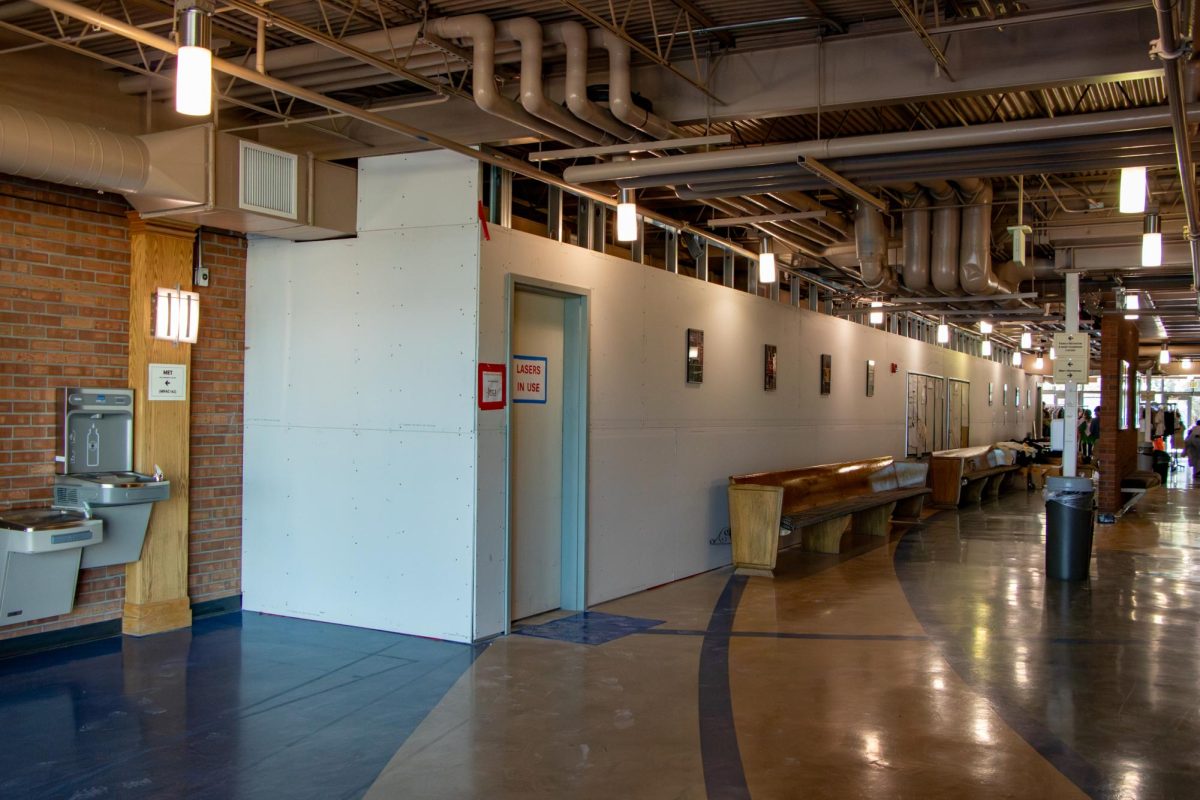An increase in tuition is expected to occur in the fall of 2017 for Colorado Mesa University students. This tuition increase is coming in the wake of Governor John Hickenlooper’s proposed state budget of $28.5 billion.
Hickenlooper’s proposed budget, according to colorado.gov, has to fill a nearly $500 million gap between the demands of the state and the funds available in the general fund. With potential cuts on the horizon, the proposed budget could result in an average tuition increase of six percent for all state universities and colleges.
CMU President Tim Foster echoed the six percent figure in an email correspondence with the Criterion, but said that the university would make efforts to cap it at six percent. In his email, Foster said, “We are committed to increasing it by no more than six percent and to keeping cuts as far from the classroom as possible.”
Foster said the university is preparing for three different scenarios regarding the state budget and how it affects CMU. The three scenarios that Foster laid out in his email were, “one based on the governor’s proposed budget which would include a $1.7 million funding increase to CMU; one with flat funding to higher education and a third assuming a 5 percent cut to higher education funding.”
Foster later said, “Even the best case scenario (the governor’s proposal) leaves CMU with a funding gap because of increases in fixed costs (insurance, utilities, goods and supplies, etc.) as well as salaries and wages (cost of living salary increase, added faculty, minimum wage increase, etc.).”
The knowledge of a potential tuition increase was on the minds of Associated Student Government’s (ASG) Fee Allocation Committee when the committee created the budget for student fees this year. While there is a slight increase, ASG President Ben Linzey said the student fees’ increase was only “18 cents per credit hour and that’s including minimum wage increases, as well as adding three additional organizations to campus [to the biennial budget].”
With tuition going up, by at most six percent, and with an 18 cent per credit hour increase in fees, both Foster and Linzey have advice for students on how to alleviate some of the burdens. In his email, Foster said, “CMU awards more than $75 million in financial aid annually and about 75 percent of our students receive some form of financial aid.” Foster added that, “During the last decade, the amount of institutional money CMU has allocated for financial aid including all kinds of scholarships and work study type programs had grown from $3.5 million in 2007 to $15.5 million this year. We plan to continue increasing institutional support as much as we can.”
Linzey said, “There’s plenty of private scholarships that students can apply for. It will take a lot of work from the student side to try and find those scholarships, but they are out there.” Linzey later added that help can be found at the financial aid office located in Lowell Heiney Hall on campus.













